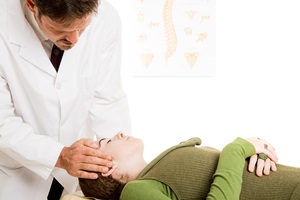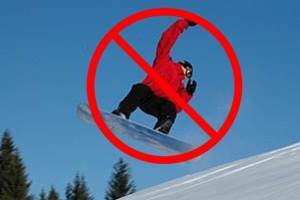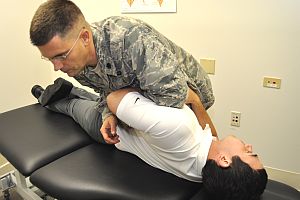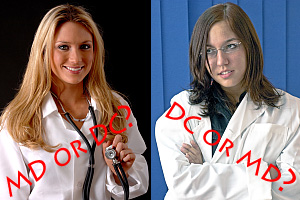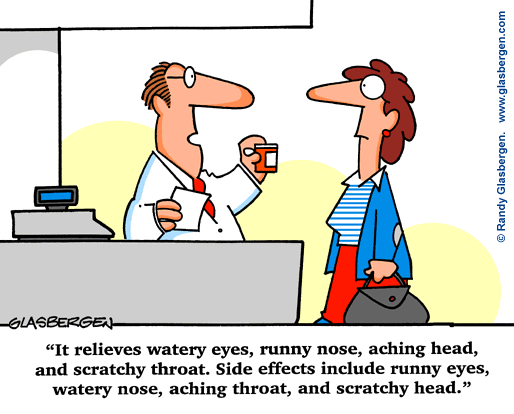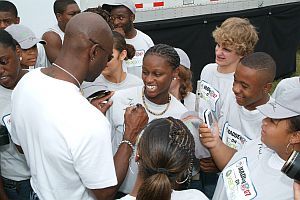Chiropractic and the Benefits of Conservative Care
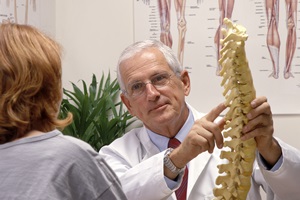 It’s been in the headlines for years now—non-specific back pain has become an epidemic in the U.S. According to some estimates, Americans now spend approximately $100 billion per year looking for relief. At the same time, many public health officials, medical researchers and clinicians see a growing gap between the types and amounts of care being delivered and the results being achieved for patients. In particular, the rapidly growing use of advanced diagnostic tools (especially early imaging) and high-tech treatment options (surgeries, medical devices and drugs) appear to be driving up costs as well as risks without producing widespread benefits. So what is to be done?
It’s been in the headlines for years now—non-specific back pain has become an epidemic in the U.S. According to some estimates, Americans now spend approximately $100 billion per year looking for relief. At the same time, many public health officials, medical researchers and clinicians see a growing gap between the types and amounts of care being delivered and the results being achieved for patients. In particular, the rapidly growing use of advanced diagnostic tools (especially early imaging) and high-tech treatment options (surgeries, medical devices and drugs) appear to be driving up costs as well as risks without producing widespread benefits. So what is to be done?
Surgery as a Last Resort
According to many experts, the right answer for many patients is a conservative approach that emphasizes proven treatment options and resorts to more expensive and riskier alternatives only after these have failed to produce results. This may be particularly true when it comes to surgery. The Mayo Clinic, for example, recommends caution before choosing this option. Their website warns, “Spine surgeons hold differing opinions about when to operate, what type of surgery to perform, and whether—for some spine conditions—surgery is warranted at all.” A 2013 study in Washington State, published in the journal Spine, also highlighted an interesting correlation between the number of back surgeries performed and the type of doctor first visited. The study found that of those injured workers who saw a surgeon first, 42.7% chose surgery (a relatively expensive and risky option) as a solution. Of those injured workers who first saw a chiropractor, the rate of surgeries dropped to 1.5%. In other words, those who visited a chiropractor first found that surgery was less likely to be necessary.
There are of course situations where back surgery may be absolutely necessary. However, study after study has shown that other methods of treating back pain are far less expensive, less risky and frequently more effective. If you have been advised to have back surgery, it’s always good to get a second or even third opinion from different medical professionals to be sure you do not undergo a surgical procedure that may be best treated more conservatively.
The Chiropractic Alternative
Interestingly, most cases of back pain are mechanical, as opposed to being caused by more serious medical conditions such as infection, arthritis, fractures, or cancer. Some are caused by sports injuries or accidents, but others can be triggered by nothing more severe than bending down to pick up a dropped pencil. Still others are caused by misalignments of the spine, neck and joints that have built up over many years, as opposed to being caused by a single trauma.
Most of these conditions can be successfully treated by Doctors of Chiropractic, who are specially trained to use manipulation and mobilization techniques to relieve pain and address the underlying causes. Over time, chiropractors can help to return your spine and whole body to a more normal state of health, in which reoccurrences of back pain are less likely to appear.
Chiropractic care has received high marks in clinical studies as well as in patient satisfaction surveys conducted by governments and leading consumer research organizations. It is also recognized as one of the safest therapies you can use to treat back, neck and joint pain when performed by properly trained and licensed healthcare professionals. Potential side effects are usually limited to a mild aching or short-term soreness in the spinal joints or muscles. Spinal adjustments pose few serious risks, although rare complications include the possibility of a herniated disk or compression of the nerves in the lower spinal column.
During your visit, you should be very specific about your symptoms and about any concerns you have. This will help us offer the safest and most effective treatment for you. Depending on your condition and the specific problems being treated, you and your chiropractor may choose to forego manipulation in favor of joint mobilization, therapeutic exercise, soft-tissue techniques, or other types of therapies.
Chiropractic care is a safe, effective and—above all—conservative approach to the treatment of back pain. It is non-invasive and uses no drugs that may have potential negative side effects. The Agency for Health Care Policy and Research conducted a study of all available care for lower back problems and recommended spinal manipulation as the safest and most effective initial treatment of lower back pain in adults.
If you are one of the four out of five people who will experience back pain during their lifetime, you can do something about it. This is an important thing to know. Unfortunately, many people aren’t aware of their options. A survey conducted by the American Physical Therapy Association found that although two-thirds of Americans experience low back pain, more than a third of them don’t seek professional help for it. So if you’re experiencing back pain, call or visit our office today. All you have to lose is your pain!
